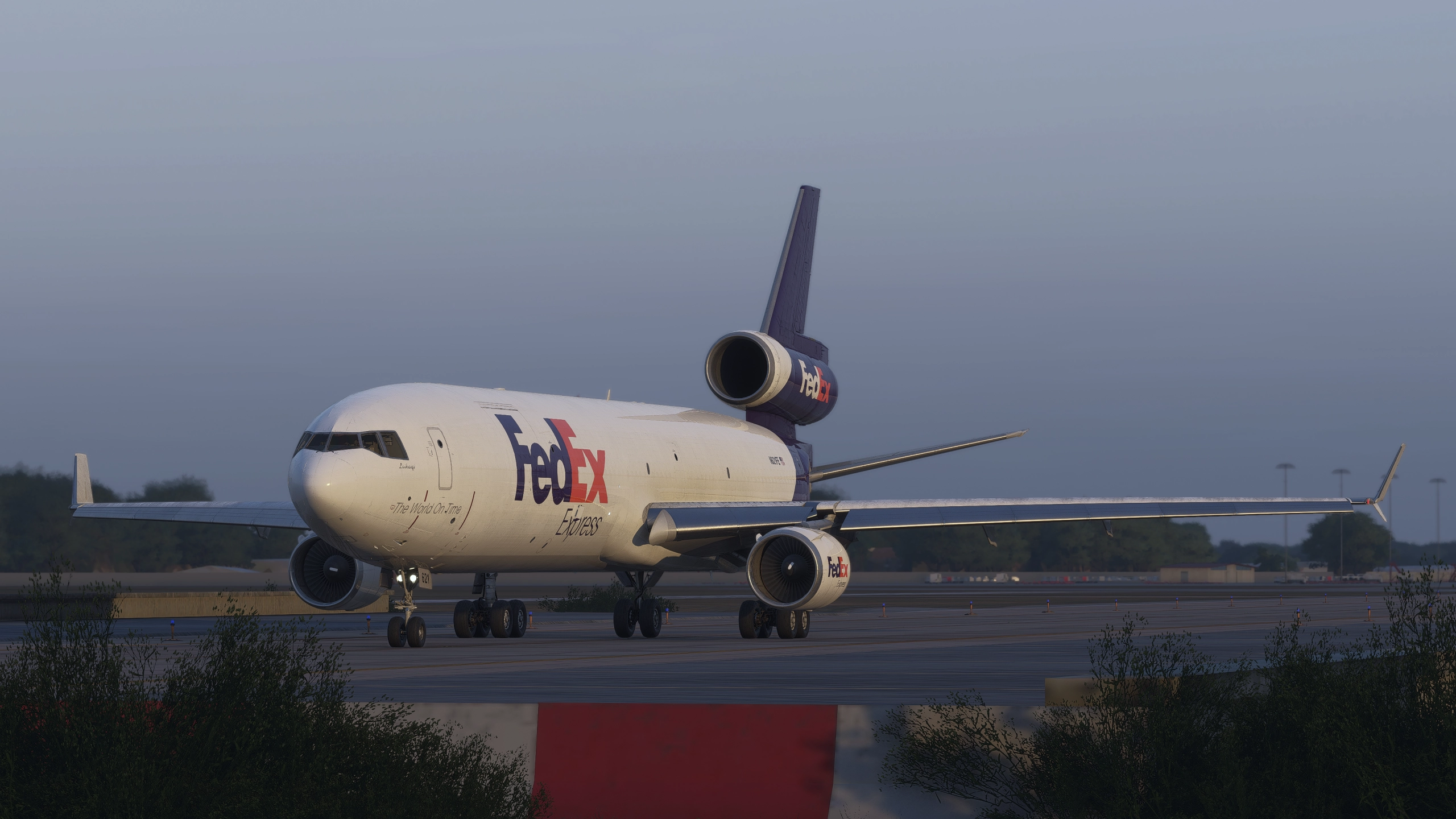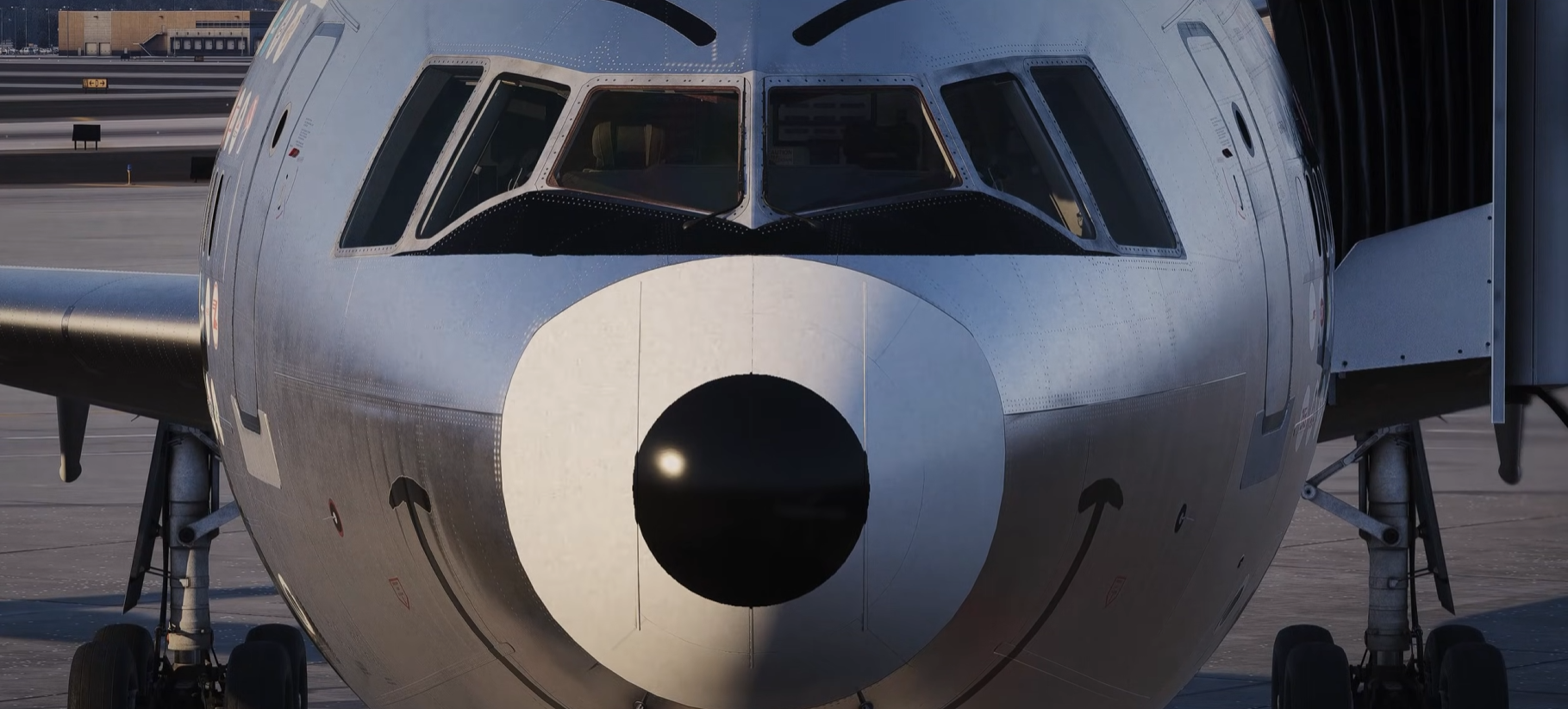Further Flight Model Information in X-Plane 11.40; Standard Beta Run Begins
Austin has gone into further details with the upcoming update to X-Plane, versioned 11.40. Additionally, users can now get beta 1 as a standard beta - further details at the end of this article.
In case you missed it, Austin Meyer also outlined the major changes in flight modelling last month. A full summary of that video can be found in the article below.

Today meanwhile, Austin exclaimed "let's kick it up a notch" as he presented the additions and maths in 11.40b3.

Adding to the nine changes from betas 1 and 2, Austin introduced five new effects outlined by the red dashed lines in the image above, before diving into the maths of all the others.
Starting with tripped stall, this is the phenomenon whereby an aircraft will suddenly lose lift as the stall is 'tripped,' and will need to be pitched down by 10 or more degrees before fully recovering its lift. In X-Plane 11.40b3, the aircraft will have a more noticeable reaction to the lack of lift such, as the aircraft banking to one side. Once recovered, the air will be able to reattach its flow to the wings and produce a nominal amount of lift again.

Another effect to come is rotor bounce-back. This is where the blades of a helicopter push air downwards and rebounds off the ground to create the so-called bounce-back. The faster a helicopter moves forward however, the bounce-back will occur behind the rotor and thus the ground effect will be reduced.
Next, Austin described per-element thermals. This concept involves taking the individual sections of the wings and checking to see whether they are in a thermal or not, whereas previously the aircraft was simply in or out of one. This will see gliders for example bank towards the left, should elements of the right wing experience a thermal.

The low-altitude profile is based on simple fluid mechanics, in that the closer a fluid is to a surface, the slower its velocity will be if moving due to friction. In X-Plane, this will be focussed on crosswinds, which will be less as one moves closer to the ground. Austin used the example of a windsock at ten metres tall reporting different winds to an aircraft just above the runway at five metres, where the velocity would be around 71% less.
The final effect to be included in 11.40 is an improvement to the flow-speed at props. For the "past decade or so" in X-Plane, this relied on air being accelerated by about 50% by suction in front of a propeller, and the remaining 50% by pressure behind it.
Austin detailed however that for a stationary aircraft with spinning propellers or rotor blades, about 60% of the acceleration is due to suction, and 40% due to the pressure is behind the blades. As a helicopter moves forwards, only 25% of the air is accelerated by suction at around 50 knots, and he explained why this is the most efficient climb velocity.
For further information, including the maths behind all fourteen effects he has so far previewed, you can watch it in full below.
X-Plane 11.40b1 (which only includes the nine effects detailed last month) is now available as a beta to regular users, whilst Steam users will be delayed by about a day. Users will need to check the experimental flight model box in the general settings to get the latest flight model.
For beta 3 and today's five flight model changes, Austin explained near the beginning of the video above how to obtain it through his website.
Other information on X-Plane 11.40 can be found on the release notes page.
Share this page
COMMENT ADVISORY:
Threshold encourages informed discussion and debate - though this can only happen if all commenters remain civil when voicing their opinions.




.webp)
.webp)






